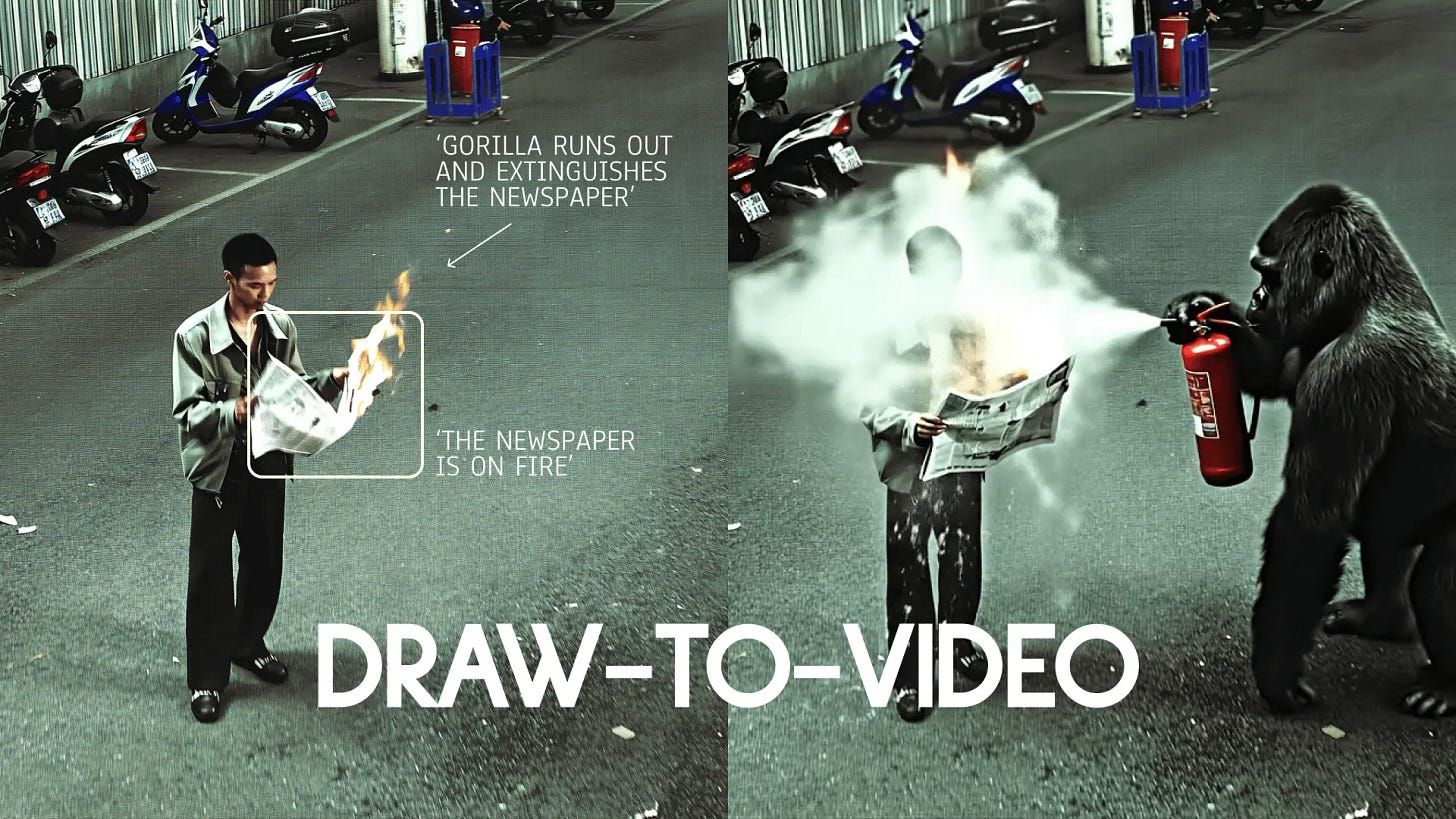Welcome back to MITO Universe.
Some people still think “AI art” means neon cats and melting faces.
Cute.
Meanwhile, artists are building sequences with a kind of precision that feels closer to cinematography than collage.
Tools evolve, but the punchline stays the same: intention is everything.
SELECTED CREATORS
János Déri / @janosderi
Frankfurt-based AI artist and filmmaker János Déri conjures imagery so intentional and emotionally layered that you forget it was made by an algorithm. His work delves into generative storytelling where every frame feels composed with cinematic rhythm and uncanny precision.
Déri’s visual vocabulary gravitates toward synthetic realism with emotional resonance. His projects, whether short films or AI-generated stills, flesh out worlds where human gesture coexists with algorithmic logic—inviting viewers to momentarily suspend disbelief and inhabit plausible fantasy.
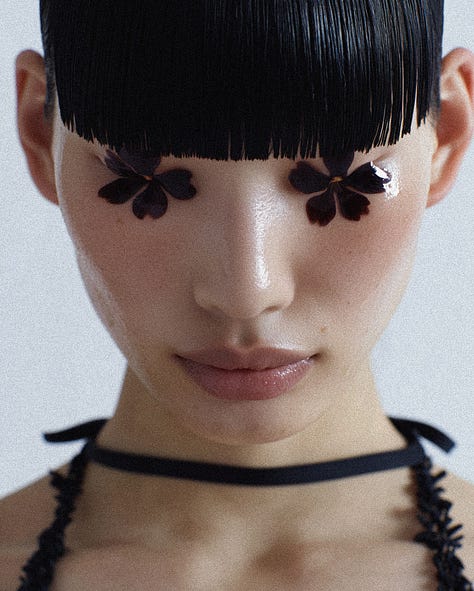
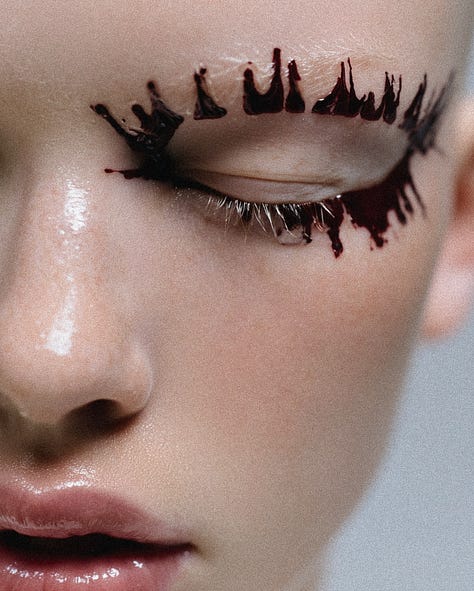
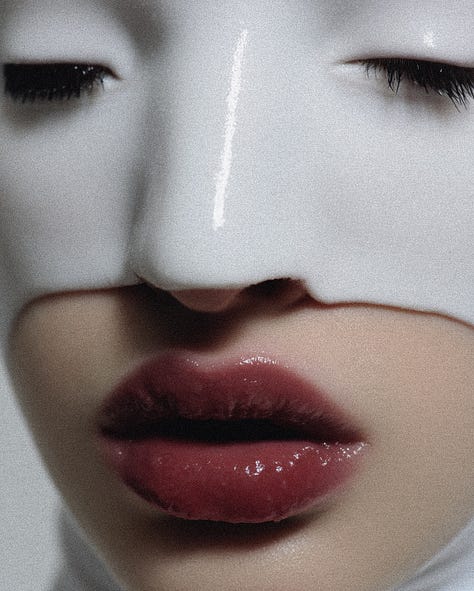
A notable collaboration with hairdressing visionary Jorge X resulted in a surreal fusion of sculptural hairstyles and AI-crafted visuals—two creatives blurring the line between digital art and tactile expression. Here, Déri’s aesthetic is at its most tactile and uncanny: forms feel both constructed and alive.
János explains his process as embracing AI not as a shortcut, but as a solo filmmaking toolkit: “From conception to edit, it all happens in front of me on the screen.” Using Midjourney, he generates hundreds of visual motifs, blending and refining them in Photoshop and Lightroom, then animating them into short videos via Runway-Gen2 and Premiere Pro. The labor is real, the curation even more so.
For Déri, AI isn’t a replacement for storytelling—it’s an expansion. His work doesn’t just show visual possibility; it stages intention, framing each scene with emotional gravity and visual tact.
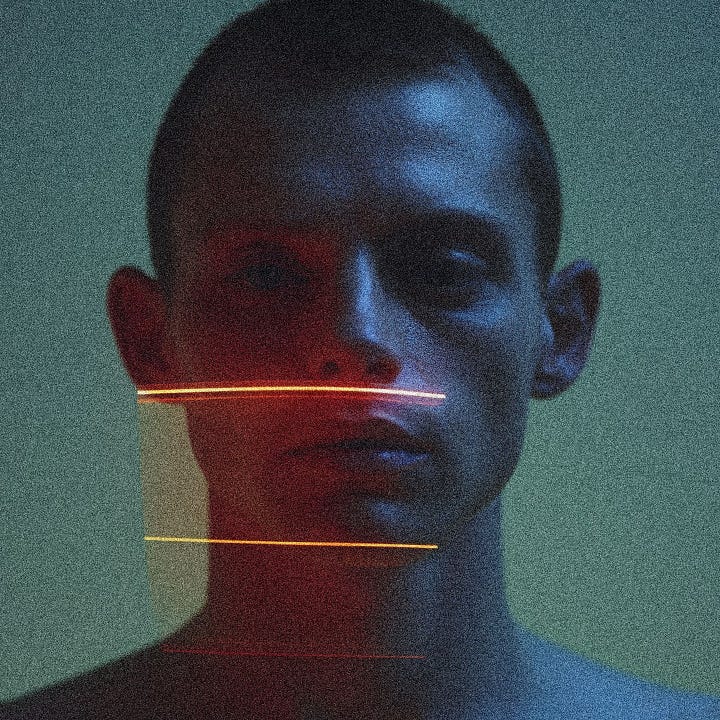
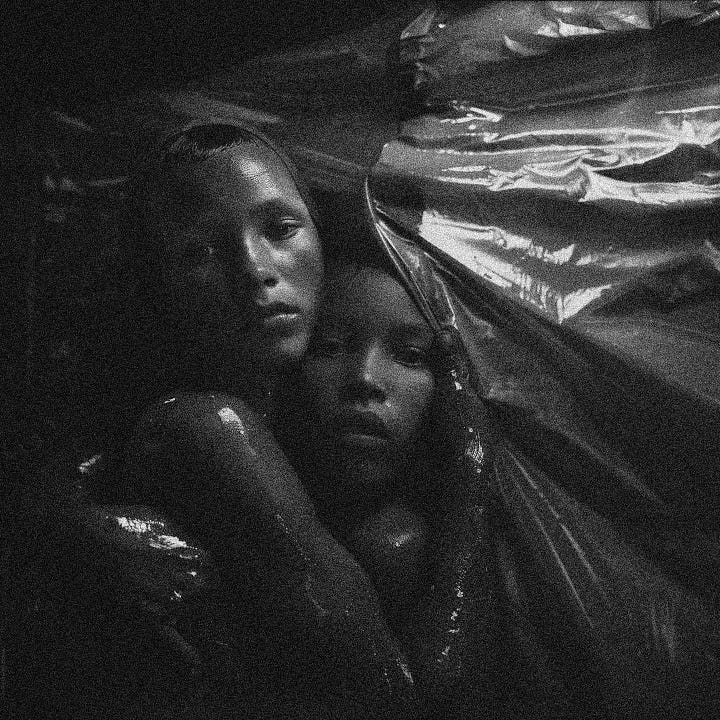
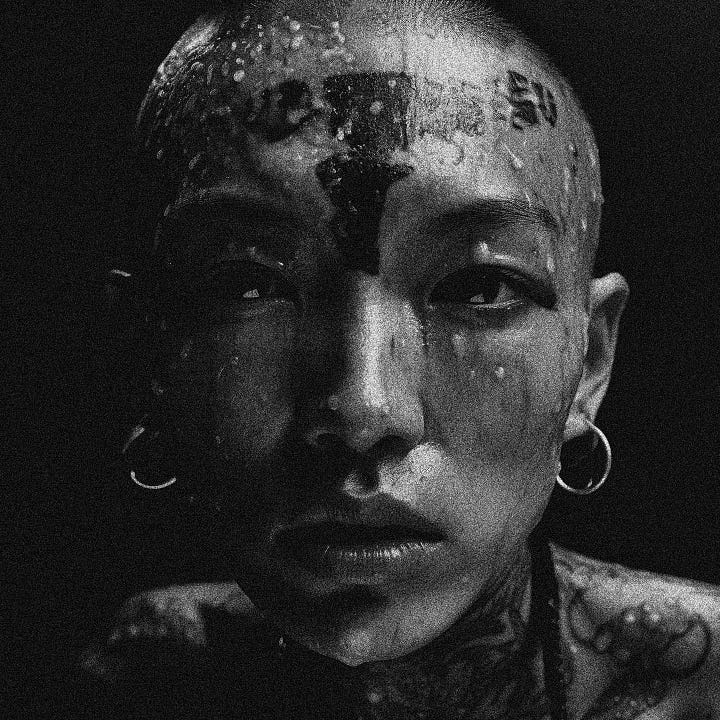
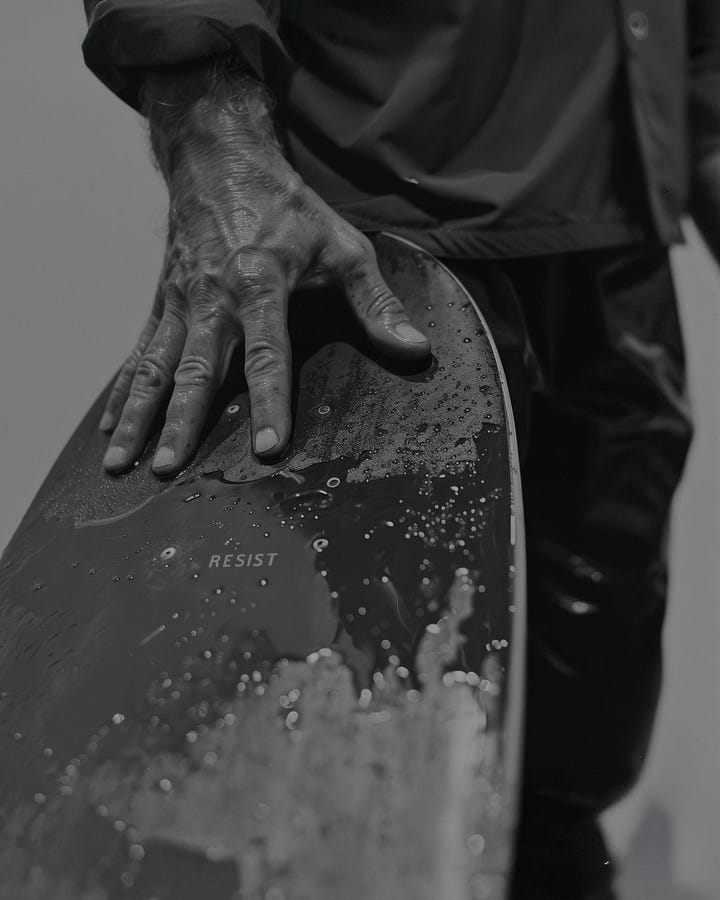
Jérémy Mendoza / @dozamenart.ai
French art director Jérémy Mendoza, better known as Dozamenart, moves between music, fashion, and visual experimentation. His approach is simple: no brief, no frame, just process. From Paris he creates bold, surreal worlds where AI meets graphic design, layering retro-futuristic textures, cyberpunk echoes, and myth-like atmospheres.
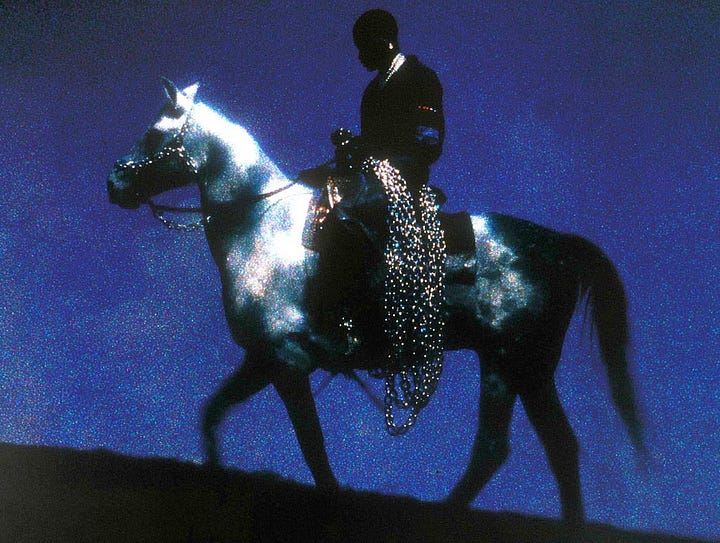
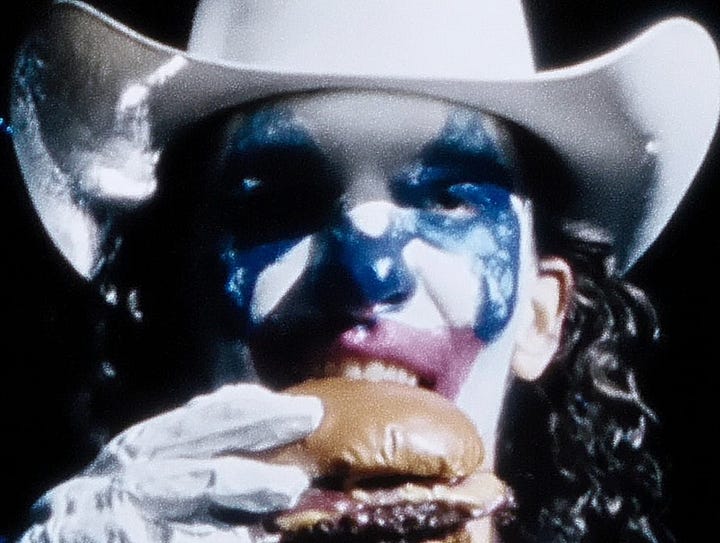
Through AI he builds surreal, cinematic universes that feel at once digital and handcrafted. His images are marked by retro-futuristic aesthetics, neon-drenched atmospheres, and mythical undertones, often blending cyberpunk moods with poetic, dreamlike composition. Faces dissolve into abstract forms, bodies become textures, and light bends in unexpected ways — creating visuals that sit between fantasy and hallucination.
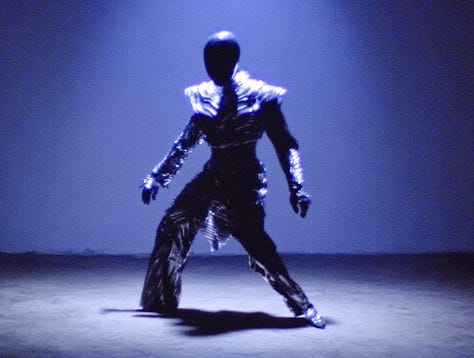
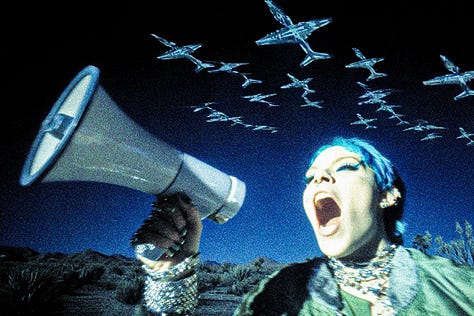

What makes his work compelling is not just the polish of the image but the sense of disorientation it provokes: a reminder that AI is not only a tool for realism but also a medium for expanding how we imagine.
WHAT’S NEW
Higgsfield’s Sketch-First Cinema.
Draw your scene, insert the props, and watch them animate—no text needed. Higgsfield’s updated Draw-to-Video tool lets creators visually place products, outfits, or objects into a frame and bring them to life through motion. It’s a shift from character-based prompting to director-driven visual storytelling.
Midjourney Goes HD for All.
High-definition video just landed for Standard users. Midjourney’s HD Video Mode now outputs 720p natively, delivers sharper motion, and reduced artifacts. Plus, mood boards got their own dashboard for better visual reference management—batch controls included, too, for cost-savvy creators.
Stable Diffusion 3.5, Now Enterprise-Ready.
Stability AI and NVIDIA launched the Stable Diffusion 3.5 NIM, a containerized version that runs optimized inference across multiple model variants—Large, Depth Control, Canny—packaged and accelerated for enterprise deployment with up to 1.8× faster performance on H100 GPUs. Think complex image pipelines, now moving at near-real-time speed.
KEY VISUAL
A birth, a rupture, a vision. Ancestra is not fully AI-generated—and that’s precisely what makes it compelling. Live-action, VFX, and Google’s Veo model converge into a hybrid that feels less like an experiment and more like a language in formation.
McNitt directs with intention: AI sequences are not spectacle, but texture—cosmic interiors, fragile bodies, shifting light. They slip between reality and imagination, echoing both family archives and speculative futures. What remains is neither fully human nor fully machine: a film that stages authorship as collaboration, where technology bends to narrative instead of the other way around.
That’s all for now — we’ll be back in your inbox next week.


